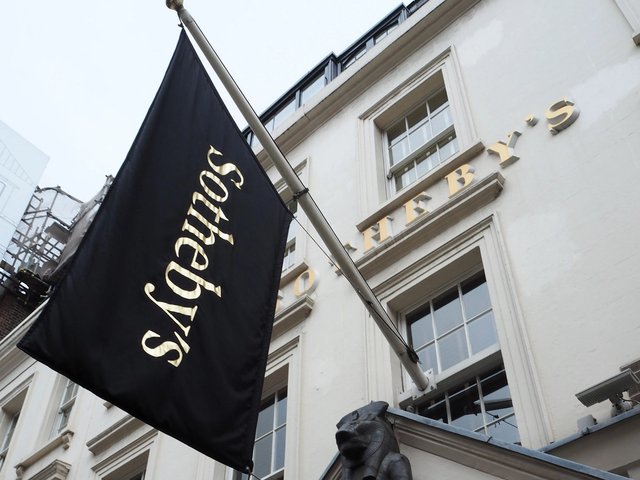Over one year after Lehman Brothers’ collapse, the contemporary art market in Russia has plummeted, while the market for classical art is showing signs of a rebound. “Russians are more likely to spend millions on a work by an artist who is in museums than spend $100,000 on a work by a little-known contemporary artist,” said Marina Goncharenko of Moscow’s GMG gallery. “They’d rather buy art that has stood the test of time.”
Moscow was host to two important contemporary art events in September: the Moscow Biennale of Contemporary Art at Dasha Zhukova’s Garage Centre for Contemporary Culture (25 September-1 November), and the International Art Moscow Fair (23-27 September). Russians voted with their feet: the record attendance at the biennale showed there is a strong interest in contemporary art. But the dismal results at Russia’s leading commercial contemporary art fair indicated that few are willing to buy. Galleries reported weak sales—gone are 2008’s six-figure sales—while the fair has failed to attract prominent international exhibitors and collectors.
The Russian economy contracted by about 10% in the first half of 2009. National revenue is largely fuelled by energy exports and, with oil down almost 50% from its 2008 peak of $140 per barrel, the fallout has been wide-spread.
Auction results are down 50% from 2008. June sales of Russian art at Christie’s, MacDougall’s and Sotheby’s in London sold £29m, compared with £63.5m the year before. “Wealthy Russians and Ukrainians account for over 90% of the Russian art market, and many have had a difficult 18 months,’’ said William MacDougall, co-director of MacDougall’s auction house in London. However, while “some are still struggling, many appear to be past the worst. The mood is improving,” added MacDougall, and said there have been reports of healthy private sales in Moscow and Kiev.
However, the Russian classical art market, defined by works made pre-1940, shows increasing resilience. “If the piece is good enough it will sell very well,” said James Butterwick, the London-based collector/dealer. MacDougall’s June auction set a record for Ilya Repin’s 1914 Portrait of Madame Alisa Rivoir, which went past its £1.2m high estimate, fetching £1.4m. “The middle- and lower-end of the market has suffered most,” added London-based dealer Ivan Samarine. “In difficult times, buyers become more demanding about quality, condition and provenance.”
The market will be tested again this winter as millions of dollars worth of Russian art is offered at auction. Sotheby’s New York will offer Russian art worth $10m on 2 November, including masterpieces from the Schreiber Collection featuring works by Natalia Goncharova and Boris Grigoriev. This will be followed by the London sales of Russian art in late November and early December.
However, a new group of Russian buyers has emerged, according to Alexis de Tiesenhausen, Christie’s head of Russian art. “They have entered the market as fighters, sometimes paying top prices,” he said. Aurora Fine Art Fund, the private art collection controlled by oil billionaire Victor Vekselberg, which has invested “well over $100m” in art objects over the past five years isn’t phased. “Our strategy remains the same,” said said Aurora director Vladimir Voronchenko. “We are an investment fund, and the crisis of the past year is just one of many things that can happen. We’re willing to hold on to these works for ten years as their value will increase even more.”
Originally appeared in The Art Newspaper as 'Contemporary market squeezed'


